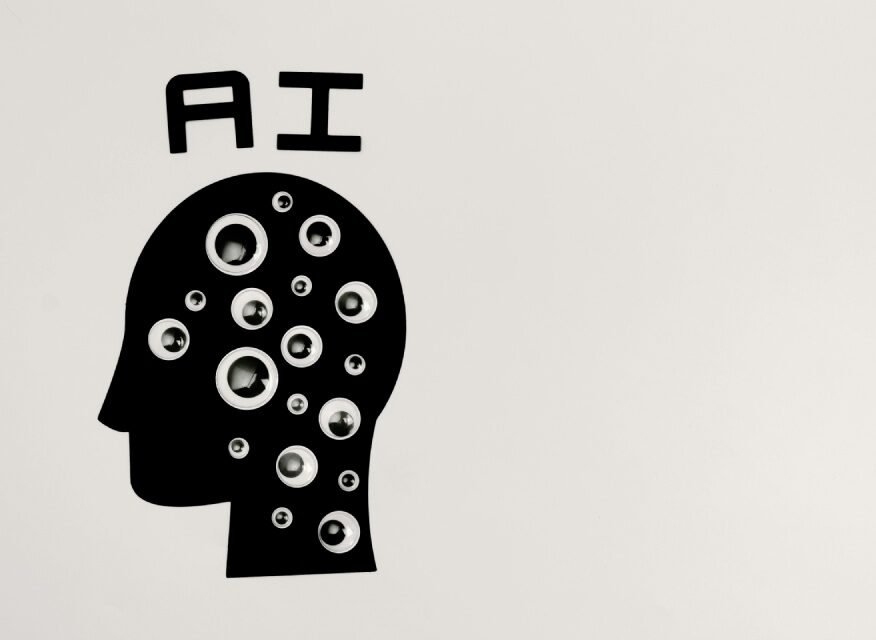Ecoveritas’ Head of Sustainability and Consulting, Kathy Illingworth, explains why the binary ‘plastic = bad, paper = good’ approach to packaging decisions comes with significant risks.
Acknowledging the need for sustainability is one thing; understanding how to achieve it is another. With sustainability no longer an option but a necessity, sustainability must become integral to packaging design.
Over the last two decades, brands and consumers have begun demanding more sustainable packaging. But sustainability is a complex hydra. For some, it represents recyclability. For others, it suggests a commitment to reduce carbon emissions and combat climate change. But most agree on this, at least: single-use plastics don’t qualify.
It’s not as simple as switching to paper from plastic
In the narrative around packaging, plastic is cast as the bad guy. And paper, almost by default, has become the goodie – a ‘green, renewable’ material.
The reality is more complicated. Concerns around deforestation and the recyclability of the barriers and coatings used in paper-based packaging mean paper isn’t always the good guy. Paper itself as a packaging material has no mentionable barrier properties. Hence, paper packaging requires additional treatments, typically by adding barrier coatings in the papermaking or converting process.
Sometimes the main challenges and limitations stem from the status quo – and the effort to challenge the existing packaging and related machinery design.
And that is precisely why switching from plastic to paper is more than just a material change, it pushes the packaging producers to search for a way to close the gap and reach the same functional properties.
A material world
Plastic: Can’t live with it, can’t live without it.
The environmental threat posed by plastic packaging is well known. The popular press and environmental groups alike have long stressed the dangers of plastic products, from their impact on marine wildlife to their buildup in landfills. In contrast, paper is often seen as the sustainable, environmentally friendly alternative — even though more paper accounts for around 26% of total waste at landfills.
One of the key goals of the sustainable packaging movement is to decrease the quantity of packaging materials used for transporting and storing goods. However, cutting back on packing materials without giving them enough care can have unintended consequences. Some packaging techniques that attempt to exchange one material for another cannot be applied before identifying an adequate packaging material.
Shoppers believe paper is the most sustainable option. But the massive amounts of wood required in its production, plus issues around its recyclability, mean the choice is far more complicated for suppliers and retailers.
We cannot solely replace 400 million tons of plastic with biobased materials. The sheer scale of plastic consumption demands a comprehensive approach that goes beyond simply swapping one material for another.
Paper has been a principal beneficiary of the war on plastic. Mintel figures show paper and board packaging accounts for the largest share of the food packaging market today, rising from 49% in 2018 to a projected 54% in 2022. According to other forecasters, the travel direction will continue replacing plastic with fibre-based solutions.
But whether this kind of packaging is “more sustainable” is unclear. Often it comes with a very thin plastic lining that recyclers can find hard to separate. Barrier coatings can present similar issues for paper mills.
Reusable packaging is the only long term solution
An astonishing 40% of plastics and 50% of paper is used to produce packaging in the EU. If we want to stop depleting our scarce resources, we have no time to lose in activating the transition towards reusable packaging.
Potential for the future
While biobased materials offer a promising avenue, we must address the larger issue: reducing consumption.
While upscaling solutions that fulfil the functionality, circularity, and cost criteria presents a key challenge, at Ecoveritas, our team will help you challenge the status quo and embark on a journey to rethink your packaging choices.
It’s becoming clear that tailor-made solutions for each product group are the way forward.
Both plastic and paper have a role to play in the future. Plastics are great in functionality and versatility; paper has an edge in recyclability as a renewable raw material with a globally widespread, well-working recycling infrastructure.
As long as humans have desired to move and preserve stuff, they’ve needed more and better packaging. Recyclability, carbon footprints, chemical use, consumer acceptance, and more must be factored into packaging choices. Silver bullets are scarce, but there are sustainable options.
UK ban on some single use plastic coming to force
A ban on some single-use plastic items, including the supply and selling online and over the counter of single-use plastic plates, bowls, trays, containers, cutlery and balloon sticks comes into force from 1 October 2023 in England. Other EU legislation could require 50 per cent of plastic waste to be recycled by 2025 and all plastic to be easily recyclable by 2030. With these changes in mind, eco-designers focus on alternatives to petrochemical-based plastics and new uses for recycled plastic.
There is no magic packaging. But that hasn’t stopped that simple narrative on single-use packaging (quickly) evolving to suggest as much. As plastic is pilloried, brands – keen to do something in the face of considerable pressure from the public and politicians – have swung to other materials.
Aluminium, fibre, compostable and other novel materials have all benefitted. Sausages are being put in cardboard trays. Wine is in bottles made of paper. And milk has been moved from (recyclable) plastic bottles to (harder to recycle) cartons. Whether these are sustainable moves led by marketing or well-intended but ultimately poor decisions with unintended environmental consequences is moot.
The type of material utilised, such as starch-based compostable and biodegradable packaging, will affect the cost of ecologically friendly packaging. The price of the greener option is often initially higher due to a lack of well-established supply networks and manufacturing procedures and the absence of economies of scale. However, as time goes on and innovation happens, sustainable packaging can be created as a low-cost alternative.
Any circularity strategy must also be successful for materials to be traceable. Companies must concentrate on learning as they expand if they are to build a traceability strategy that promotes circularity. They need to make sure that they learn about the sector and comprehend its dynamism. They also need to choose meaningful collaborations and realistic ambitions. They must put their attention on learning as they go. Prioritising data and selecting the right technology are also crucial for the strategy’s success.
Ecoveritas provides a distinctive blend of consultancy, data, and software services to assist businesses worldwide with their sustainability initiatives. The Ecoveritas team offers data collection and analysis solutions, compliance, advice, and packaging expertise to support a more robust circular economy. The team is highly knowledgeable and experienced in the packaging industry globally. Our compliance consultants can also collaborate with your team to swiftly determine your country-specific responsibilities and offer an effective, outsourced solution to your registration and reporting requirements in accordance with the most recent rules.
Waste is set to increase
According to the World Bank, global municipal waste generation is expected to increase from 2.01 billion metric tons in 2016 to 3.40 billion metric tons by 2050.
And there is no silver bullet solution. It’s not about swapping from one single-use lifestyle to another, but instead about changing our behaviour to balance convenience and sustainability and asking industry and governments to work together to drive the best environmental solutions.
Sustainability is messy. Sustainability is complicated and far from perfect. And we live in a very polarised world, where we can’t make a mistake for fear of being cancelled.
When it comes to sustainability, we need to say that we don’t know. That we don’t have the answers. That we are making the best choice at a given time while adopting a more transparent and, at times, more vulnerable approach.
You can read more from Ecoveritas and the need for larger and better functioning circular economy.










